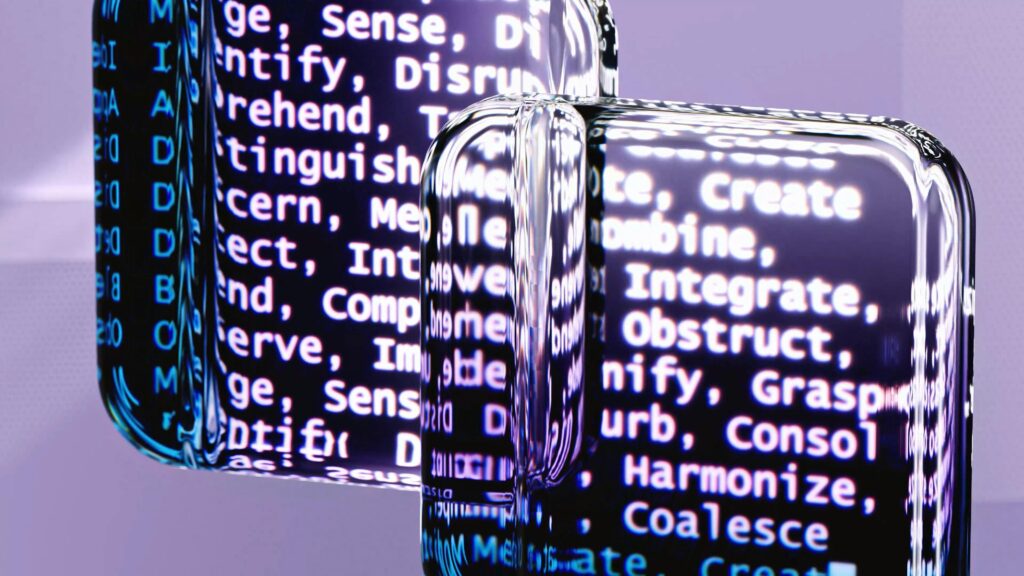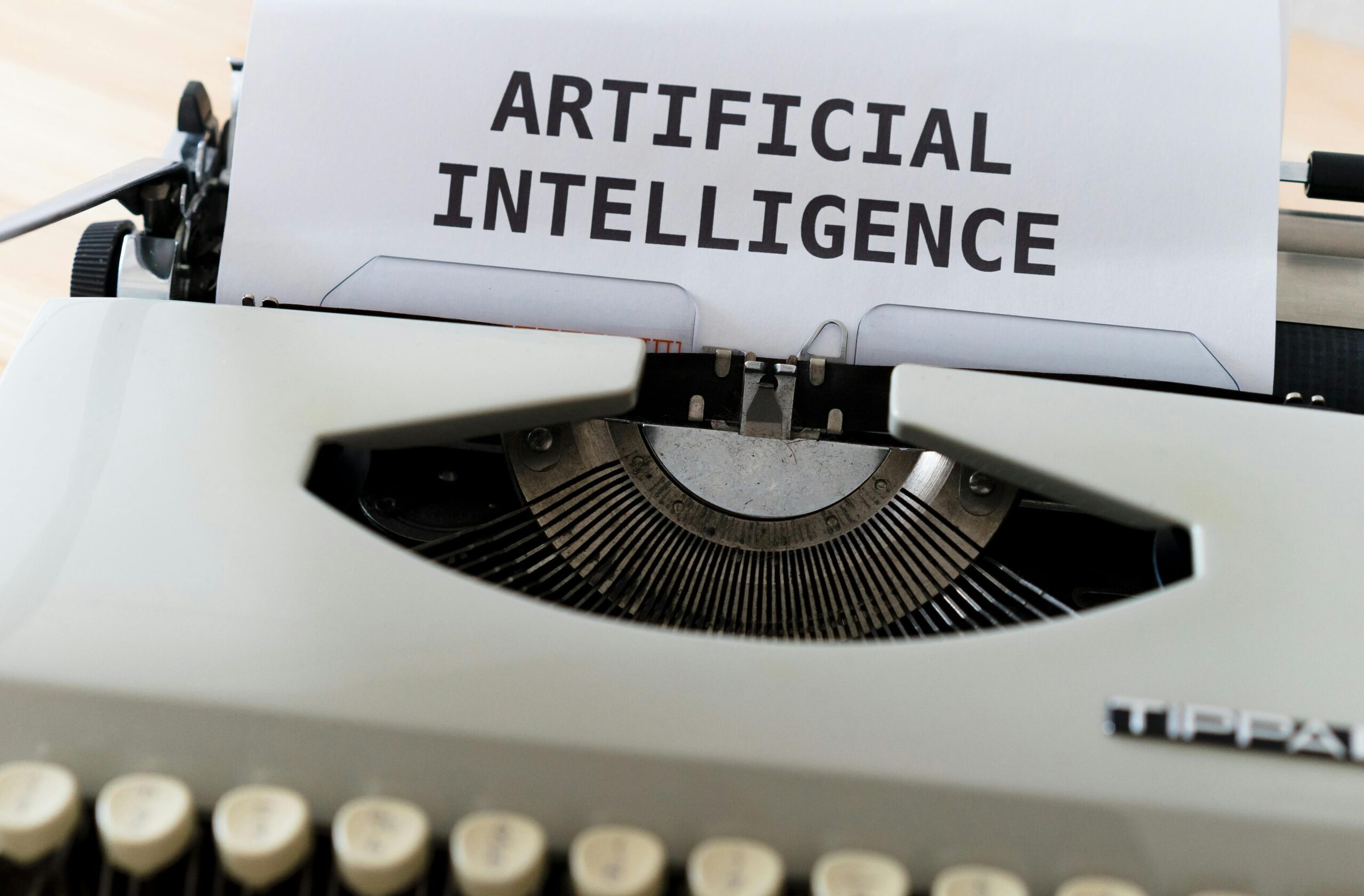Claude versus Gemini versus Copilot: Artificial intelligence finds a place in the center stage in the changing world of software development. The emergence of tools such as Anthropic Claude, Google- Gemini, and GitHub Copilot by OpenAI/Microsoft are changing the way developers can code, debug and deploy applications. Although all of these AI agents come with strong abilities in themselves, there is an evolving idea that all of them combined can be the master trick to multiply the development speed, advance the codes, and shorten the time-to-market.
Artificial intelligence finds a place in the center stage in the changing world of software development. The emergence of tools such as Anthropic Claude, Google- Gemini, and GitHub Copilot by OpenAI/Microsoft are changing the way developers can code, debug and deploy applications. Although all of these AI agents come with strong abilities in themselves, there is an evolving idea that all of them combined can be the master trick to multiply the development speed, advance the codes, and shorten the time-to-market.
That being said there is no longer a sense of which AI-tool is the best, rather developers are posing the question of why not have all of the AI-tools? So, what can be unique strengths of each tool, and how to compare them, as well as how to combine them to achieve the highest productivity?
The AI Code Agents IN A NUTSHELL
1. Claude by Anthropic
Claude is specified in a heavy-safety focus, reliability and long-context knowledge. Its outstanding characteristics are:
• Output maximized with Hallucination minimized by human.
• Large context window, perfect to get an overview of a whole code base or big files.
• An informal tone making pair-programming a part of one.
Claude is commonly preferred when advice on architecture is required, when legacy systems need refactoring, and when a complicated feature in software is being planned.
2. Gemini by Google

Gemini, once called Bard, has developed into a powerful multi-modal AI, anchored in the search-based reasoning and connected to the Google developer tools. Key strengths:
• Close compatibility with Google Cloud, Firebase and Android development SDK.
• The ability to access web resources in real time, which increases the relevance of very advanced technology requests.
Both frontend and backend code tasks are responded to with speed, leaving specifics.
Gemini is very good at creating mobile applications, hosting to the clouds, and producing UI/UX solutions within a short time.
3. OpenAI/Microsoft GitHub Copilot
Copilot is perhaps the most hands-on coding helper that is out there today. It integrates directly with IDEs such as Visual Studio Code and it provides:
real-time code snippet, function and boilerplate autocompletion.
• Easy integration with GitHub so it is ideal to use with a team.
• Contextual hints on the basis of an existing pattern of coding and files.
Copilot is a sincerely productivity tool in everyday coding, especially when you are a junior developer or on a sprint session.
Comparisons of Strengths: Practical Perspective
Tool / Feature Claude Gemini Copilot
Best At Code architecture, refactoring, UI/UX & cloud apps, Real-time coding
IDE Incorporation Weak (Web based) Weak (Web/Cloud based) Good (VS Code, JetBrains)
Web Knowledge Mid High Weak
Context Window Quite large Average Small to average
Code Generation Accurate and secure Inventive and general Speedy and non-stop
User Interface Chat-based Google prompt Inline hinting
What are the Reasons to Use All Three?
1. Tasks Based Divide and Conquer
Smart developers separate their workflow instead of working with a single tool to the benefit of everything:
• Plan architecture with Claude or refactor nasty functions.
• Build component-read UI quickly using Gemini, or connect Firebase backends.
They can use Copilot to complete their code quickly.
This division makes development faster and makes it cover all areas of development with quality.
2. Why Avoid AI Blind Spots
Every AI model is limited. To explain, Copilot could propose old or harmful lines of code, whereas Claude could not update websites in real-time. By cross-checking the output among the tools, the developers can fact-check and refine suggestions, and have more correct and maintainable code.

3. Multimodal Development
Multimodal capabilities (reading diagrams and images) of Gemini combined with the long memory conversation of Claude and the assistance within the editor of Copilot form a deadly combination in a cross platform development, taking a brainstorming of wireframes to released and working web applications or mobile applications.
Real-World Use Case Task Management App
Consider a scenario where you are creating a web app that manages task and has a React frontend, Node.js back-end, and Firebase data storage.
This is how the three AI actors can speed the process up:
Step 1: Planning the Architecture: Require Claude to describe the database schema, API routes, and schema of component hierarchy. It provides developer insight, top-level advice on architectural pitfalls.
• Step 2- Environment Preparation: Request Gemini to provide a fast guide to setting up Firebase (authentication and Firestore integration).
• Step 3: Backend API – Start out by coding in VS Code, with the Copilot providing real-time syntax code of Express.js routes and middleware.
• Step 4 Design the UI: With Gemini, create a responsive CSS and a React component layout using your choice of MUI or Tailwind.
• Step 5 – Refactor towards efficiency: Cut and paste your long or ugly functions, into Claude to simplify, optimize, and check the errors.
• Step 6 Deploy and Document: Adopt Gemini once more to aid the deployment to Firebase Hosting and create documentation using markdown files.
Utilizing both agents with their strength, it would be possible to complete the scope of work that could require a week in 2-3 days with better quality and fewer bugs.
Hints in Combining AI Agents Well
1. Don t Ask Copilot to Write Your Whole App or Claude to Autocomplete Code inline: Expectations. The right tool to the right job.
2. Cross-Check Responses: Use Gemini or Copilot to ascertain a solution provided by Claude before using it.
3. Enjoy Version Control: Version control allows you to keep records of changes, roll back accidents, and view commit history, so it is worth integrating GitHub as early as possible and particularly when Copilot is involved.
4. Include Clear Prompts: The more instructive you are, the more your AI will deliver. Write the tech stack, intent, and file structure.
5. Keep Security in Mind: Audit any code that is produced by AI to identify vulnerabilities before moving it into production.
The Future: Unified Artificial Intelligence Development Headers?
Although at the moment, these tools are standalone, the future of AI systems can be associated with meta-agents by which several AI agents can be brought together under a single interface. In the near future, developers may get a unified AI team that will automatically assign operations to Claude, Gemini, and Copilot depending on the type of request.
Concluding Thoughts The AI Dev Stack of Tomorrow–Today
Whether Claude, Gemini, or Copilot is the better AI assistant to developers is no longer an issue. The true player changer is the understanding that every one of them presents a special asset to the table of coding.
They can be used in conjunction with each other:
• You obtain the architectural wisdom of Claude,
• The versatility of Gemini in real-time, and
The speed of code writing of Copilot-
The result is creating a high throughput, cross-hybrid chain that optimizes production and reduces choke points.
The solution to faster, better and smarter development is straightforward in the case of developers and startups; donot rely on one, use them all.
(The Articles you may like)
Manual to Machine: The way the UK AI Agencies are transforming the game
The Importance of Network Optimization 2.0: the Marketplace of Gen AI 5G and Beyond


1 thought on “Claude versus Gemini versus Copilot? Use them all to get the fastest possible”